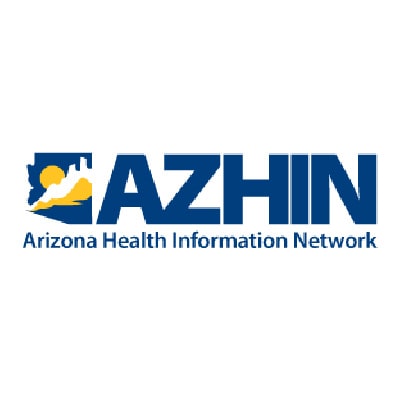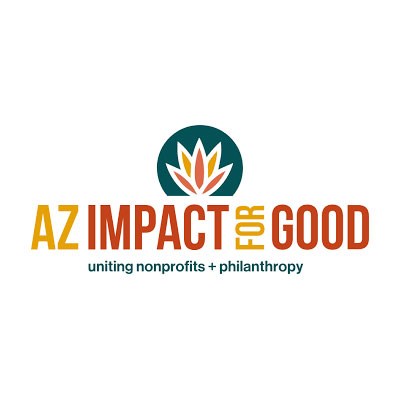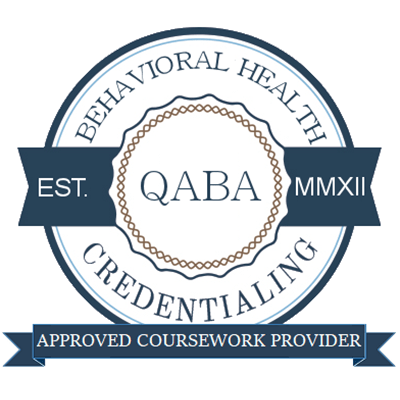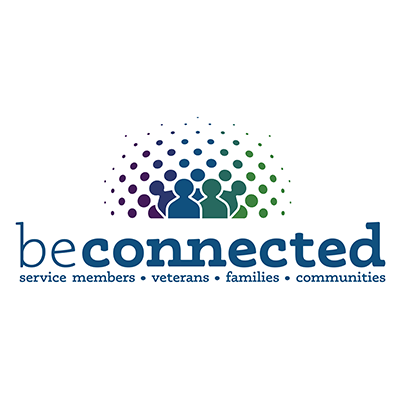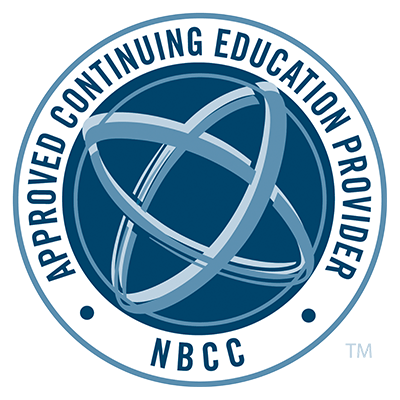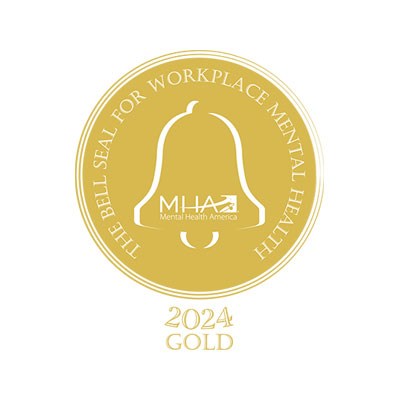 By: Dr. Fanike-Kiara Young, DBH, LCSW, Director of DBH Program
By: Dr. Fanike-Kiara Young, DBH, LCSW, Director of DBH Program
I knew I wanted to be a mother long before I was old enough to become one. My childhood fantasy consisted of marriage and then a baby carriage that would follow. At 36 years old, I would find out I was pregnant and considered “high risk”. This label perplexed me for various reasons but primarily because I had no pre-existing health conditions. When I approached my obstetrician for further explanation, he shared that due to my age and race, I was considered “high risk”. According to the Centers for Disease Control and Prevention (2019), “Black, American Indian, and Alaska Native (AI/AN) women are two to three times more likely to die from pregnancy-related causes than white women – and this disparity increases with age.”
But why is it that minorities are at such a higher risk of pregnancy-related deaths? There are several factors that impact the equality of healthcare and the services provided in minority predominant communities. The Office of Disease Prevention and Health Promotion (2019) acknowledged that for African Americans, the social determinants of health—including income level, education, and socio-economic status—are not protective factors as they are for white Americans when it comes to maternal and infant mortality. Social determinants of health are conditions that affect the health and quality of life of people in a given environment, including where a person lives, earns, works, or plays. This means that no matter how much education or income level a person has attained, their race plays a major role in the quality of maternal care they receive during pregnancy, birth and postnatally.
Having a supportive team that can include the healthcare provider, doula, midwife, nurse, family, friends and others plays a vital role in the physical, mental and emotional health of a mother. Some further suggestions for minimizing pregnancy-related disparities include:
- Placing a mandatory minimum amount of time on prenatal obstetrician appointments which will allow mothers to ask questions and engage in comforting discussions with their providers.
- Providers should introduce measures of screening for preterm labor causes without judging patients.
- Expanding birth options for mothers to include doulas and midwives that are available in hospitals as support personnel.
- Identifying and addressing implicit bias in healthcare that negatively affects provider interactions and health outcomes.
While the birth of a baby should be a joyous time for families, it can be a fatal and devastating time for many. From experience, I hemorrhaged postnatally and was rushed to the Operating Room as a result. My husband later told me that he was scared it was the last time he was going to see me and he would have to care for our son. I never worried because I was confident in my birthing team, and I knew they were dedicated to seeing my son and I leave the hospital healthy. A great and supportive team makes a huge difference in the maternal care of a mother and a successful birthing process!

